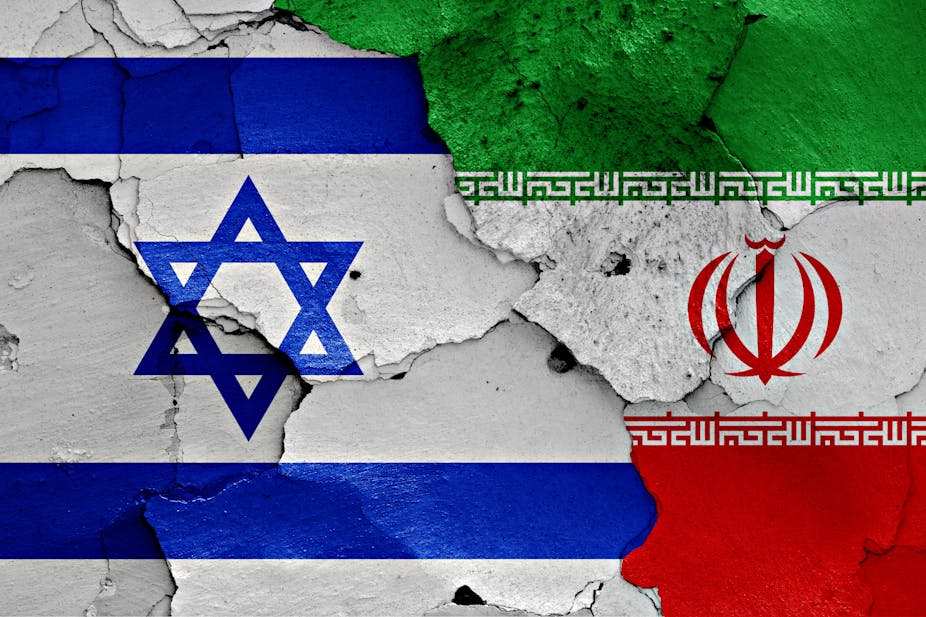ISRAEL–ARAB CONFLICT: The 1967 Six-Day War

Did you know that the Six-Day War was the third war fought between Israel and a coalition of Arab states primarily Egypt, Syria, and Jordan from June 5–10, 1967, and that resulted in about 983 Israelis, 15,000 Egyptians, 700 Jordanians, and 2,500 Syrians estimated as killed in the conflict?
In the background of the war, after the 1956 Suez Crisis, Egypt agreed to the stationing of a United Nations Emergency Force (UNEF) in the Sinai to ensure all parties would comply with the 1949 Armistice Agreements. The Suez Crisis, or the Second Arab–Israeli war (also called the Tripartite Aggression in the Arab world, and the Sinai War in Israel) was an invasion of Egypt and the Gaza Strip in late 1956 by Israel, followed by the United Kingdom and France, aimed at regaining control of the Suez Canal for the Western powers and to remove Egyptian president Gamal Abdel Nasser.
In the following years there were numerous minor border clashes between Israel and its Arab neighbours, particularly Syria. In early November 1966, Syria signed a mutual defence agreement with Egypt. Soon after this, in response to Palestine Liberation Organisation (PLO) guerilla activity, including a mine attack that left three dead, the Israeli Defence Force (IDF) attacked the village of as-Samu in the Jordanian-ruled West Bank. Jordanian units that engaged the Israelis were quickly beaten back. King Hussein of Jordan criticized Egyptian President Nasser for failing to come to Jordan's aid, and "hiding behind UNEF skirts".
In May 1967, Nasser received false reports from the Soviet Union that Israel was massing on the Syrian border. Nasser began massing his troops in two defensive lines in the Sinai Peninsula on Israel's border (16 May), expelled the UNEF force from Gaza and Sinai (19 May) and took over UNEF positions at Sharm el-Sheikh, overlooking the Straits of Tiran. Israel repeated declarations it had made in 1957 that any closure of the Straits would be considered an act of war, or justification for war, but Nasser closed the Straits to Israeli shipping on 22–23 May.
On 30 May, Jordan and Egypt signed a defence pact. The following day, at Jordan's invitation, the Iraqi army began deploying troops and armoured units in Jordan. They were later reinforced by an Egyptian contingent. On 1 June, Israel formed a National Unity Government by widening its cabinet, and on 4 June the decision was made to go to war. The next morning, Israel launched Operation Focus, a large-scale, surprise air strike that launched the Six-Day War.
On the eve of the war, Israel believed it could win a war in 3–4 days. The United States estimated Israel would need 7–10 days to win, with British estimates supporting the U.S. view.
Before the war, Israeli pilots and ground crews had trained extensively in rapid refitting of aircraft returning from sorties, enabling a single aircraft to sortie up to four times a day, as opposed to the norm in Arab air forces of one or two sorties per day. This enabled the Israeli Air Force (IAF) to send several attack waves against Egyptian airfields on the first day of the war, overwhelming the Egyptian Air Force and allowed it to knock out other Arab air forces on the same day. This has contributed to the Arab belief that the IAF was helped by foreign air forces. However, pilots were extensively schooled about their targets, were forced to memorise every single detail, and rehearsed the operation multiple times on dummy runways in total secrecy.
The Egyptians had constructed fortified defences in the Sinai. These designs were based on the assumption that an attack would come along the few roads leading through the desert, rather than through the difficult desert terrain. The Israelis chose not to risk attacking the Egyptian defences head-on, and instead surprised them from an unexpected direction.
James Reston, writing in The New York Times on 23 May 1967, noted, "In; discipline, training, morale, equipment and general competence his [Nasser's] army and the other Arab forces, without the direct assistance of the Soviet Union, are no match for the Israelis. ... Even with 50,000 troops and the best of his generals and air force in Yemen, he has not been able to work his way in that small and primitive country, and even his effort to help the Congo rebels was a flop."
Egypt and Jordan agreed to a ceasefire on 8 June, and Syria on 9 June, and it was signed with Israel on 11 June. At the time of the cessation of hostilities, Israel had seized Syria's Golan Heights, the Jordanian-annexed West Bank (including East Jerusalem), and Egypt's Sinai Peninsula as well as the Egyptian-occupied Gaza Strip. The displacement of civilian populations as a result of the Six-Day War would have long-term consequences, as around 280,000 to 325,000 Palestinians and 100,000 Syrians fled or were expelled from the West Bank and the Golan Heights, respectively.
In the aftermath of the Six-Day War (also known as the June War, the 1967 Arab–Israeli War, or the Third Arab–Israeli War), between 776 and 983 Israelis were killed and 4,517 were wounded, with 15 Israeli soldiers, captured. However, Arab casualties were far greater. Between 9,800 and 15,000 Egyptian soldiers were listed as killed or missing in action. An additional 4,338 Egyptian soldiers were captured. Jordanian losses are estimated to be 700 killed in action with another 2,500 wounded. The Syrians were estimated to have sustained between 1,000 and 2,500 killed in action. Between 367 and 591 Syrians were captured.
Casualties were also suffered by the United Nations Emergency Force, UNEF, that was stationed on the Egyptian side of the border. In three different episodes, Israeli forces attacked a UNEF convoy, camps in which UNEF personnel were concentrated and the UNEF headquarters in Gaza, resulting in one Brazilian peacekeeper and 14 Indian officials killed by Israeli forces, with an additional 17 peacekeepers wounded in both contingents.
President Nasser resigned in shame following Israel's victory, but was later reinstated following a series of protests across Egypt. In the aftermath of the conflict, Egypt closed the Suez Canal until 1975, eventually leading to the 1970s energy crisis and 1973 oil crisis due to the impact on oil deliveries coming to Europe from the Middle East through the Suez Canal.
#penglobalhistory #sixdaywar



